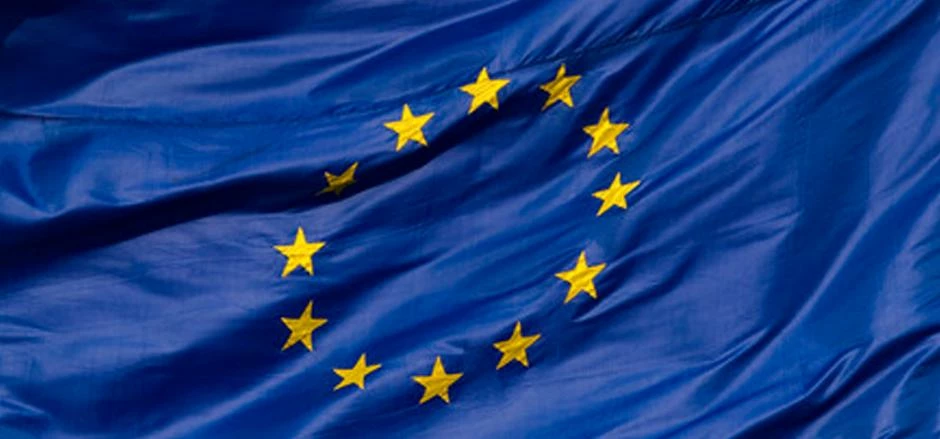
Partner Article
European Union Takes A Stand Against Dark Patterns
The EU Consumer Rights Directive makes it illegal for eCommerce retailers to employ some examples of what have become known as dark patterns.
There’s a fine line between conversion rate optimization and dark patterns. The former is a legitimate method of increasing conversions by ensuring that information is clearly presented and easy to find, that calls-to-action are prominent, that landing pages aren’t cluttered with unnecessary information, and a host of other tweaks like tuning colors to those that are more likely to elicit the desired action.
Dark patterns, on the other hand, take advantage of people’s lack of attention and employ other sneaky techniques to increase the chances of a conversion or the value of a sale.
One of the most popular and pernicious dark patterns is the “sneak into basket” pattern. You’ve almost certainly experienced this. A user chooses to make a purchase, and at some stage in the checkout process an extra item is slipped into their basket without it being made obvious. One of the most used examples of this pattern is quietly adding insurance or an extended warranty to a client’s basket by default. They have the option to untick a checkbox if they don’t want the extra, but the company is betting that a non-trivial percentage won’t notice.
Another commonly used trick is “hidden costs”. A product is advertised at one price, but to get that product, the purchaser is forced to pay a fee. For example, a shoe store could offer very cheap shoes but charge a “polishing fee” higher than the cost of the product. Many eCommerce companies offer products for a nominal fee and make their money back on inflated postage charges.
The same sort of trick is a favorite of subscription services that automatically enroll users in a repeat subscription that they may be unaware of. They purchase a service for year, and are unknowingly signed up for repeat subscriptions so that next year they’ll be charged again.
Each of these dark patterns is now illegal for eCommerce retailers in the European Union.
“The Consumer Rights Directive is a new EU law that came into effect across Europe on 13 June 2014. The law applies to anyone selling goods, services, or digital products online and offline. Failure to comply cancels the e-commerce transaction or contract.”
The law only applies to EU businesses selling to EU citizens, not to US citizens, but it’s something that businesses in Europe and those with European subsidiaries should be aware of. If a user makes a complaint, they get to keep the goods and a refund. Many of these dark patterns have become accepted practice. They’re not the tactic of small shady outfits: some of the largest retailers and service providers on the web use them.
If you would like more information about the impact of the Consumer Rights Directive, take a look at the Web Designer’s Guide To The Human Right’s Directive by Heather Burns.
About Graeme Caldwell—Graeme works as an inbound marketer for Nexcess, a leading provider of Magento and WordPress hosting. Follow Nexcess on Twitter at @nexcess, Like them on Facebook and check out their tech/hosting blog, http://blog.nexcess.net/.
This was posted in Bdaily's Members' News section by Graeme Caldwell .








 How to make your growth strategy deliver in 2026
How to make your growth strategy deliver in 2026
 Powering a new wave of regional screen indies
Powering a new wave of regional screen indies
 A new year and a new outlook for property scene
A new year and a new outlook for property scene
 Zero per cent - but maximum brand exposure
Zero per cent - but maximum brand exposure
 We don’t talk about money stress enough
We don’t talk about money stress enough
 A year of resilience, growth and collaboration
A year of resilience, growth and collaboration
 Apprenticeships: Lower standards risk safety
Apprenticeships: Lower standards risk safety
 Keeping it reel: Creating video in an authenticity era
Keeping it reel: Creating video in an authenticity era
 Budget: Creating a more vibrant market economy
Budget: Creating a more vibrant market economy
 Celebrating excellence and community support
Celebrating excellence and community support
 The value of nurturing homegrown innovation
The value of nurturing homegrown innovation
 A dynamic, fair and innovative economy
A dynamic, fair and innovative economy